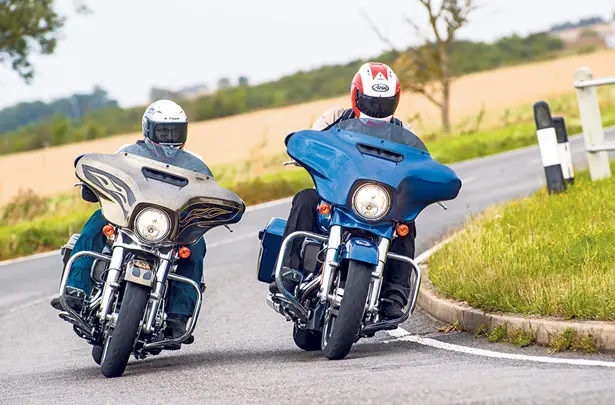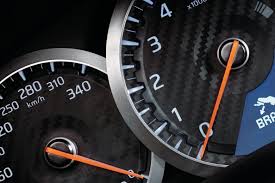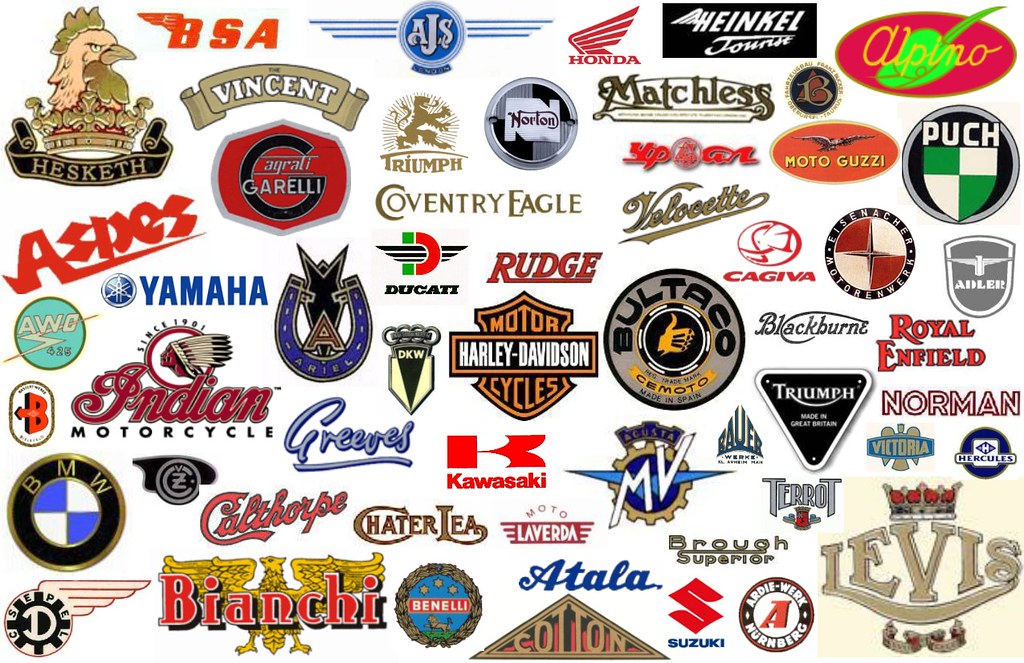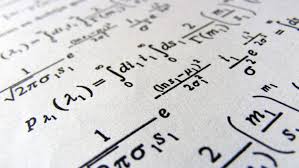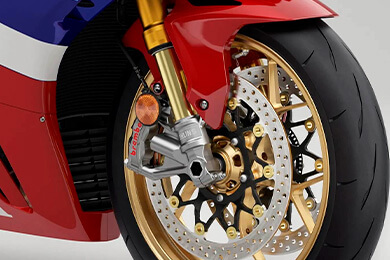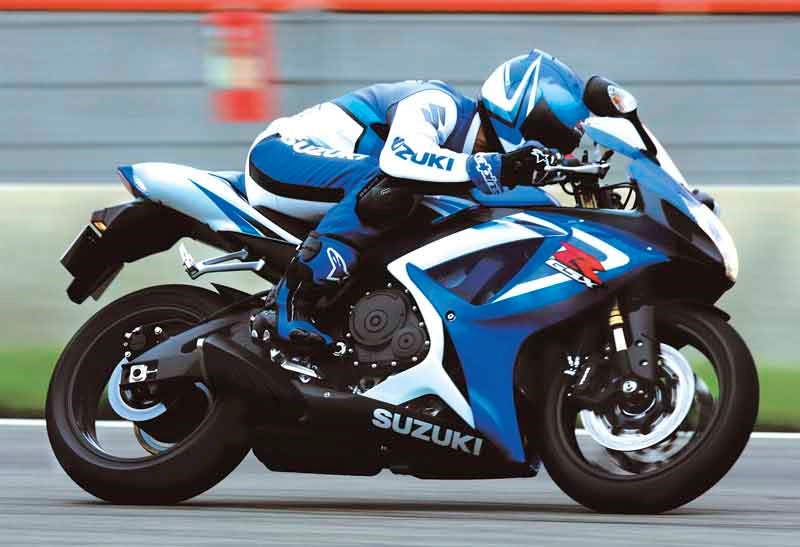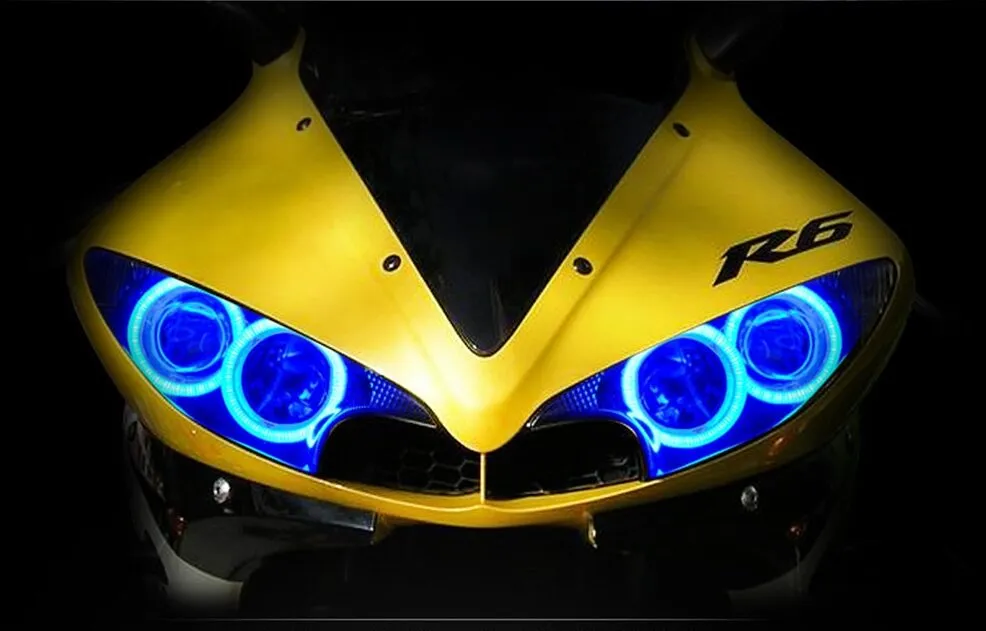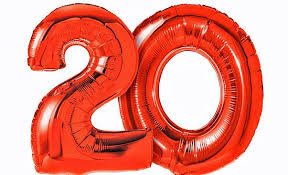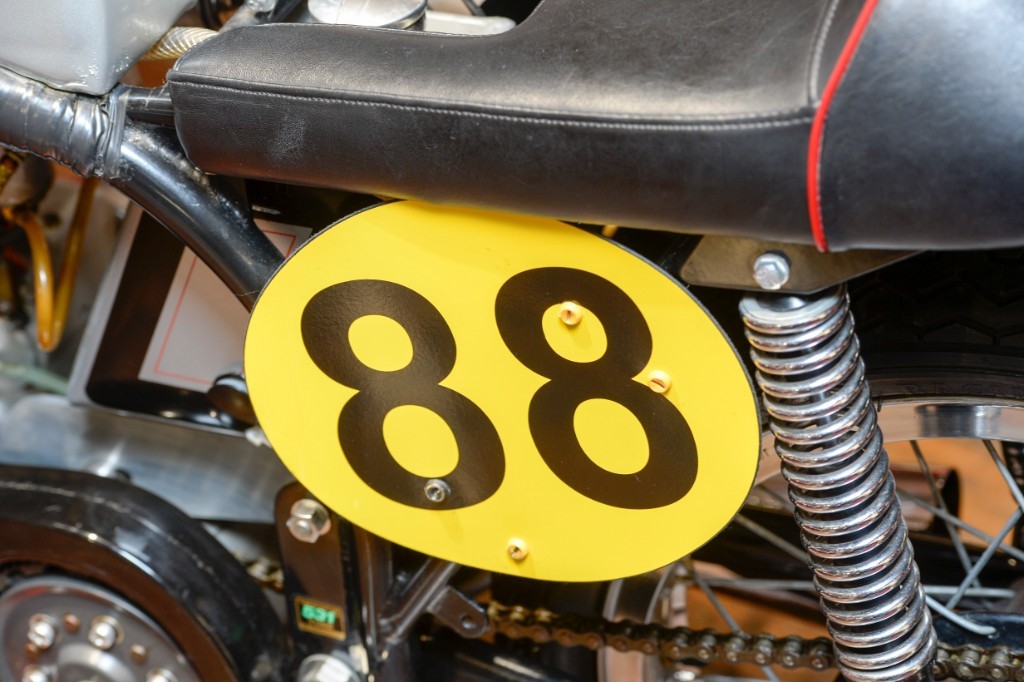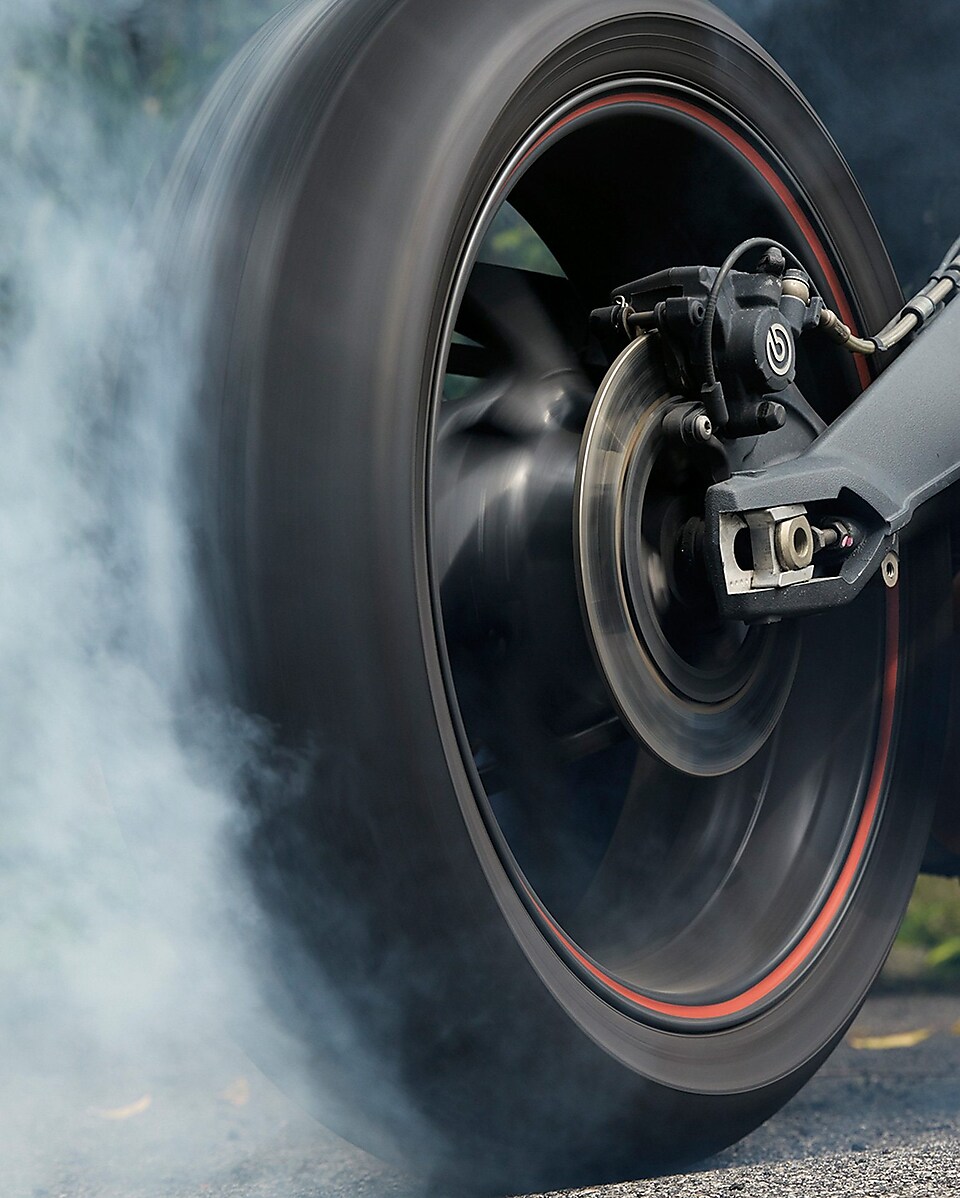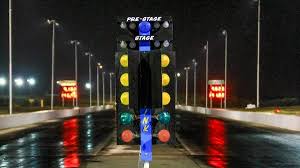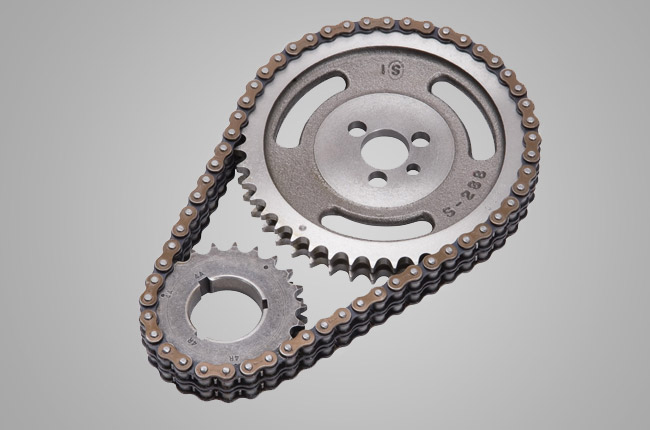


This edition of the Kawasaki VN 1700 Vulcan Voyager is the 6 speed | Manual version and was first brought out in 2009. This was at around the same time as the introduction of the 2010 Honda CBR 1000 RR Fireblade C-ABS and the 2010 Kawasaki ZX-10 R Ninja Performance Edition.This particular Kawasaki VN 1700 has a 1700cc Liquid cooled, Two stroke, Horizontal In-Line Petrol powerplant with 2 cylinders and Electronic Fuel Injection.
![Suzuki GV 700 GL Madura - [1984] image Suzuki GV 700 GL Madura - [1984] image](/editionimages/b/default.jpg)
An alternative Horizontal In-Line engine, Cruiser style motorbike includes the Suzuki GV 700 GL Madura - [1984]
The 2009 VN 1700 shares its Horizontal In-Line engine and Cruiser style configuration with the likes of the 1984 Suzuki GV 700 GL Madura and the 1984 Honda CB 750 SC Nighthawk S. Alternatively, if you're looking for other bikes which share the VN 1700's Cruiser style with a similar size of engine then how about the 2020 Yamaha V-Max 1.7 | 2020cc.2018 Yamaha V-Max 1.7 | 2018cc.
Weighing in at 0 kgs (0 lbs) this makes the Kawasaki VN 1700 Vulcan Voyager in the same weight category as the 2025 Yamaha Tracer 9 GT+ or the 2025 Yamaha Tracer 9 GT, give or take 50kg.
In terms of power the 1700cc 12 valve Horizontal In-Line 2 cylinder engine produces 82 bhp (61 kW) @ 5000 rpm similar to the 2025 Honda X-ADV 745 [57.8 bhp (43 kW) @ 6750 rpm] or the 2025 Yamaha MT-07 Twin Cylinder [73.4 bhp (54 kW) @ 8750 rpm].
The SOHC Two stroke unit throws out torque of 107.0 lb-ft (145.0 Nm) @ 2750 rpm placing it alongside motorbikes of similar performance figures such as the 2024 Norton V4CR 1200 Cafe Racer 125th Anniversary [92.0 lb-ft (124.8 Nm) @ 9000 rpm] and the 2024 Honda CBR 1000 RR-R Fireblade SP [82.5 lb-ft (111.9 Nm) @ 12500 rpm].
If one combines the weight with power or torque performance for the Kawasaki VN 1700 you can get a better idea of it's real world performance.
The 2009 Kawasaki VN 1700 Vulcan Voyager has a Power to weight ratio of 194.3 bhp per ton and 253.5 lb-ft per ton. Bhp Per Ton figures of the 2009 VN 1700 competing with the 1982 Suzuki GS 450 T [218.9 bhp\ton] and the 1987 Honda XLX 350 R [218.9 bhp\ton].
If you agree with the late great Carroll Shelby, then arguably an even better indicator of potential performance is Torque. Factor weight into the equation and you end up with - Torque per ton, with the Kawasaki VN 1700 generating around 253.5 lb-ft per ton. If you're curious as to what other motorbikes have as much torque to weight then look no further than the 2002 Suzuki GSX-R 600 SRAD [278.0 lb-ft per ton] and the 2001 Suzuki GSX-R 600 SRAD [278.0 lb-ft per ton].
With a 0-60mph time of 19.0 secs or a 0-100km/h (0-62mph) of 19.5 secs, this makes the Kawasaki VN 1700 Vulcan Voyager similar in acceleration to the 2019 Kawasaki VN 1700 Vulcan Voyager (19.0 secs) and the 2017 Kawasaki VN 1700 Vulcan Voyager (19.0 secs). This Kawasaki VN 1700 Vulcan Voyager also competes in terms of 0-60 mph and 0-100km/h with the 2018 Honda CB 250 R Neo Sports Cafe (0.0 secs) and the 2020 Norton Superlight SS (0.4 secs).
![Suzuki SG 250 N Goose - [1991] image Suzuki SG 250 N Goose - [1991] image](/editionimages/b/default.jpg)
Quarter Mile time is a close race between the 2009 Kawasaki VN 1700 Vulcan Voyager and the 1991 Suzuki SG 250 N Goose
When talking about the performance of the 2009 Kawasaki VN 1700 Vulcan Voyager on the drag strip it can reach a quarter mile in an estimated 0 secs @ 0 mph. Bikes with a similar performance down the quarter mile can be found in the 1991 Suzuki SG 250 N Goose (0 secs) and the 2020 Kawasaki Versys-X 300 (0 secs).
The 2009 version of the Kawasaki VN 1700 Vulcan Voyager has a maximum speed of 115mph.
If maxing out your bike on the AutoBahn is your thing and you're wondering what's faster at the top end than the 2009 Kawasaki VN 1700 Vulcan Voyager then how about a 2015 Yamaha XVS 1300 V-Star Deluxe (126 mph) and the 2015 Yamaha XVS 1300 Stryker (126 mph).





